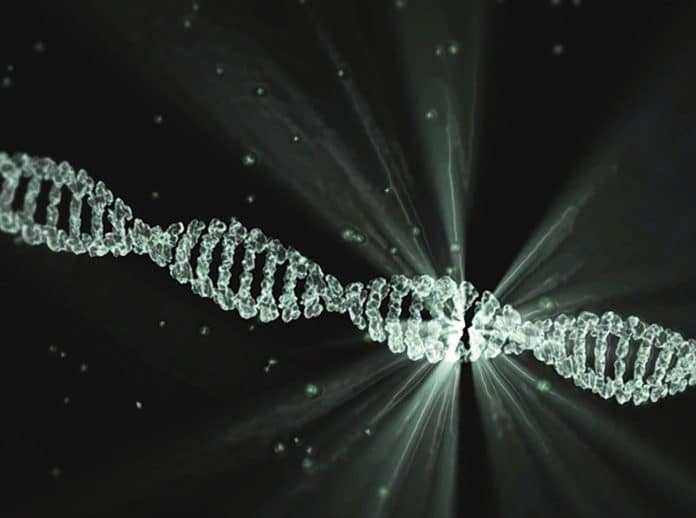DNA emerges as the prospective medium for data storage with its striking features. Dynamic DNA data structures can store and recall information in a systematic way. Also, it can interface with external nucleic acid computing circuits. However, such a structure has received little attention.
In a new study from Newcastle University, scientists have created new dynamic DNA data structures that can store and recall information ordered from DNA molecules. This stack data structure records combinations of two different DNA signals, releases the signals into solution in reverse order, and then re-record.
Scientists implemented the stack data structure using DNA polymers. According to scientists, such a dynamic data structure could store messenger RNAs (mRNA) and reverse the temporal order of a translational response, among other applications.
Professor Natalio Krasnogor, of Newcastle University’s School of Computing, who led the study, explains: “Our civilization is data-hungry, and all that information processing thirst has a strong environmental impact. For example, digital technologies pollute more than the aviation industry. The top 7000 data centers in the world use around 2% of global electricity. Also, we all heard about the environmental footprint of some cryptocurrencies.”
“In recent years, DNA is an excellent substrate to store data, and the DNA is a renewable, sustainable resource. At Newcastle, we are passionate about sustainability. Thus we wanted to start taking baby steps into green-by-design molecular information processing in DNA and go beyond simply storing data. We wanted to be able to organize it. In computer science, data structures are at the core of all the algorithms that run our modern economy. This is so because you need a way to have a unified and standardized way to operate on the stored data. This is what data structures enable. We are the first to demonstrate a molecular realization of this crucial component of the modern information age.”
Study co-author Dr. Harold Fellermann, Lecturer at Newcastle University School of Computing, added: “Our biomolecular data structure, where both data, and operations, are represented by short pieces of DNA, has been designed with biological implementations in mind. In the meantime, we can imagine such a device to be used inside a living cell, bacteria, for example. This makes it possible to bring computational power to domains that are currently hard to access with traditional silicon-based electronic computing. In the future, such data structures might be used in environmental monitoring, bioremediation, green production, and even personalized nanomedicine.”
Study co-author, Dr. Benjamin Shirt-Ediss, Research Associate, Newcastle University School of Computing, said: “It was really interesting to develop a computational model of the DNA chemistry and to see good agreement with experimental results coming out of the lab. The computational model allowed us to get a handle on the performance of the DNA stack data structure. With this, we could systematically explore its absolute limits and suggest future avenues for improvement.”
Journal Reference:
- Annunziata Lopiccolo, Ben Shirt-Ediss, Emanuela Torelli, Abimbola Feyisara Adedeji Olulana, Matteo Castronovo, Harold Fellermann, Natalio Krasnogor. A last-in first-out stack data structure implemented in DNA. Nature Communications, 2021; 12 (1) DOI: 10.1038/s41467-021-25023-6
